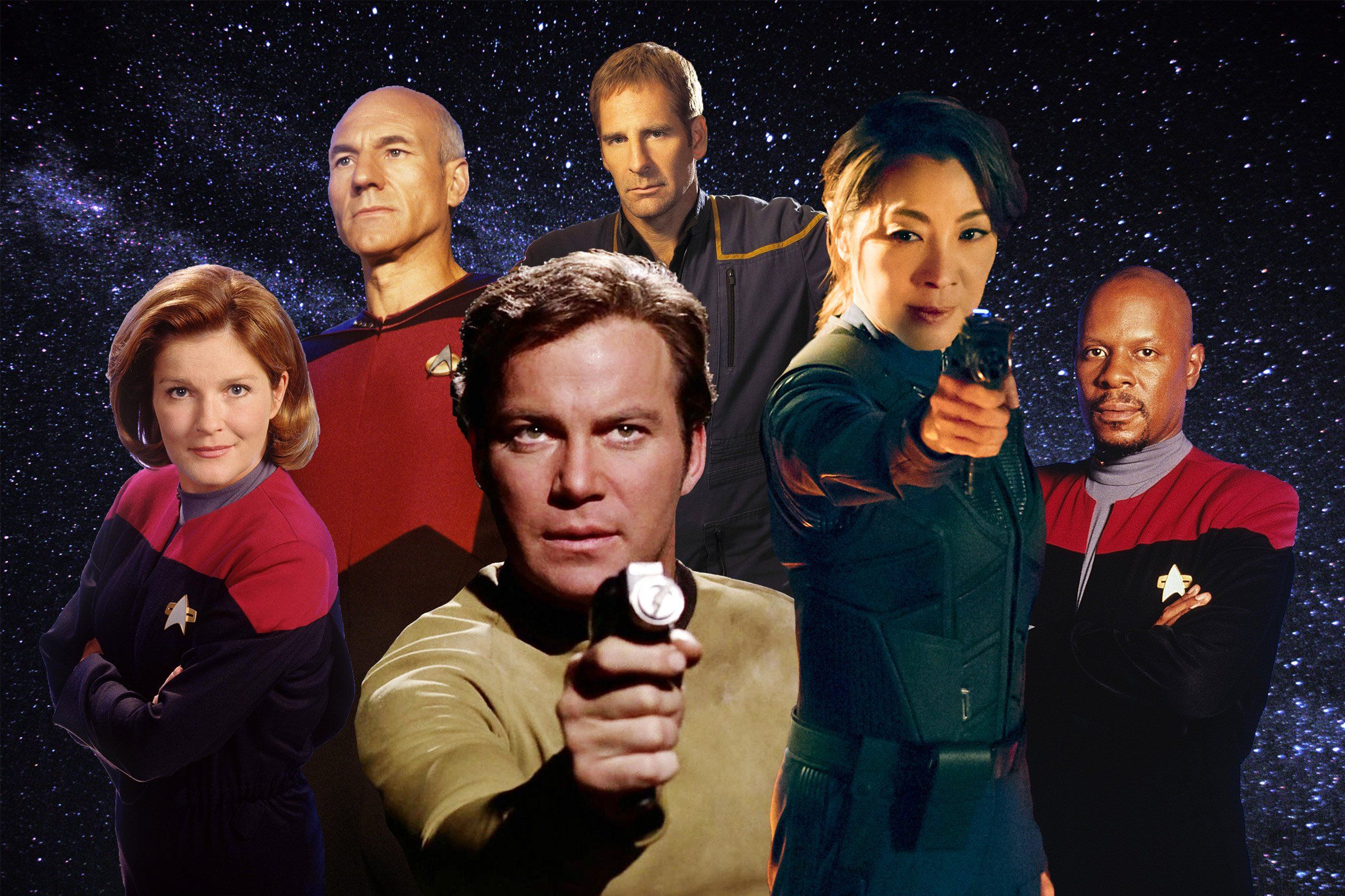
The fact that Star Trek is still a living, breathing franchise is somewhat of a miracle. It had so many setbacks that could have potentially derailed it from ever having a future. Producers found the pilot too “cerebral,” but gave it another chance with a different cast. The show was almost canceled several times. After the original run, it was ten years before Star Trek returned in motion picture form and the first movie was not well received, but Star Trek not only survived, it came into a new golden age.
Star Trek II: The Wrath of Khan seemed to breathe new life into the franchise. Multiple sequels came after, followed by Star Trek: The Next Generation series, which became a huge hit. That success spawned three more spin-off series, as well as its own new films. With the reboot movies, Star Trek: Discovery, and the yet untitled Patrick Stewart Star Trek project, Trek is doing better than ever. As fans, we've seen characters come and go over the years. Outside Kirk, Spock, and McCoy, the trio that started it all, there are plenty more characters introduced in the rapidly expanding Star Trek universe. As always, some characters were more well-received than others.
Looking back over all the Star Trek properties, we've compiled a list of 10 Character Exits That Hurt Star Trek (And 10 That Saved It). Of course, as Trek fans, we're sure this will spark some arguments.
20 Hurt: Dr. Beverly Crusher (TNG)

Among the new crew of Star Trek: The Next Generation, some of the classically trained actors stood out. Gates McFadden as Dr. Beverly Crusher had a commanding presence on screen and quickly became a fan favorite on the show. Articulate, poised, and sophisticated, she was completely believable as a former love interest of Captain Jean-Luc Picard and also had the distinction of being the only parent among the main characters.
In the world of the show, Dr. Crusher left to become the head of Starfleet Medical. In the real world, McFadden had creative differences with one of the producers about how the character should develop, and as a result, was released from her contract. Luckily, she returned by the third season, most likely because the same producer she had a conflict with had left the show.
19 Saved: Arex (Animated Series)

One of the beautiful things about Star Trek: The Animated Series is that writers were freed from certain live-action budget restraints. Arex was a perfect example of a character that would have been prohibitively difficult to portray on a live-action set. He had three legs, three arms, and an elongated neck. Short of puppetry, there would have been no way to portray this character with a live-action actor in an era before CGI. The closest live-action equivalent to Arex would be Saru in Star Trek: Discovery, played by Doug Jones.
Arex was written in part to be a substitute for Walter Koenig's character as Chekov, who was not hired because of budgetary restraints. When Chekov returned for Star Trek: The Motion Picture and its subsequent sequels, there was no reason to have Arex back on board.
18 Hurt: Number One (TOS Pilot)
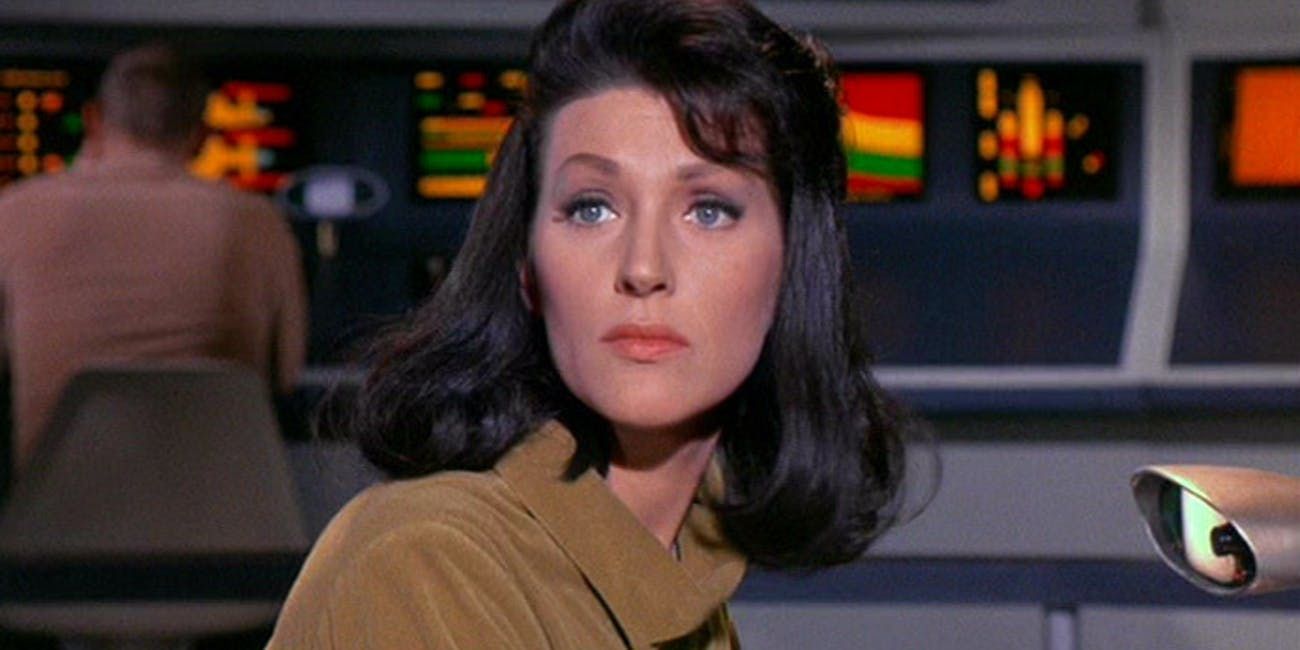
The original pilot for Star Trek featured an entirely different crew, with the exception of Spock. Captain Pike had a female first officer known only as Number One. Interestingly, Number One was played by Majel Barrett, who would later become creator Gene Roddenberry's wife. She went on to play multiple roles in Trek, including Nurse Chapel in the classic series, the voice of most of the computers, as well as Lwaxana Troi in Star Trek: The Next Generation.
It was hugely progressive at the time to have a female first officer, and absolutely tragic that her character didn't survive the transition to the full series. It's kind of bewildering that there were virtually no women in command in a series that otherwise envisioned a future where people of all races, genders, nationalities, and species could work together.
17 Saved: M'Ress (The Animated Series)
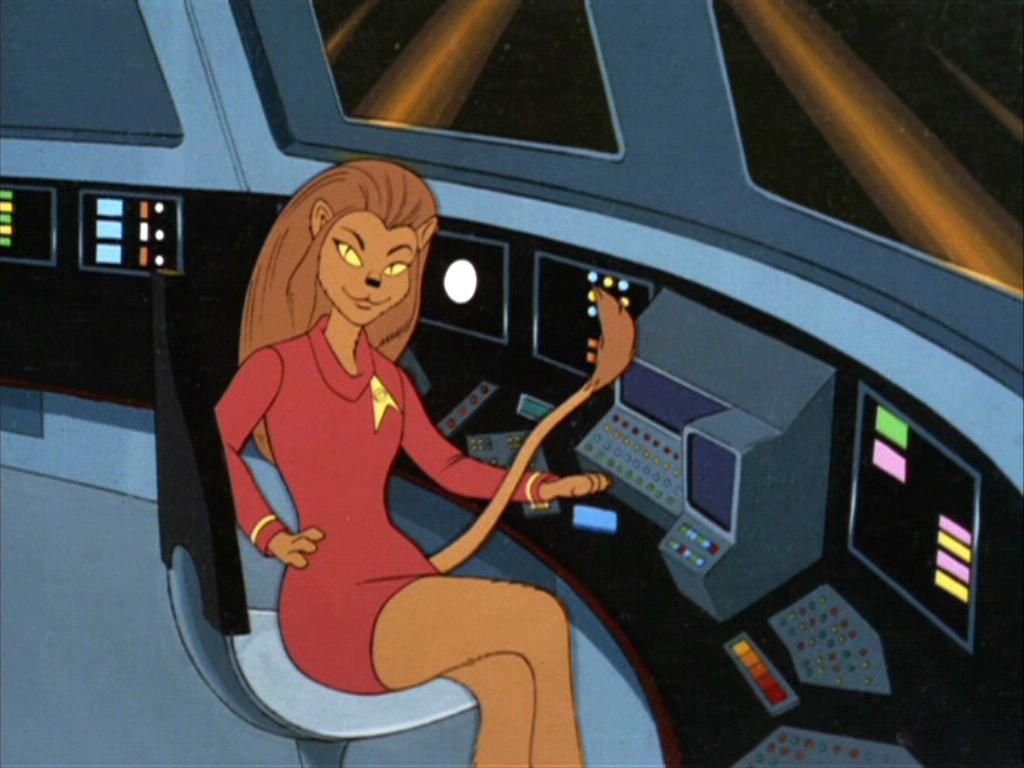
M'Ress was a Caitian, which is a humanoid feline species. She served in a relief position on the bridge, filling in as either a communications officer or as science officer whenever it was needed. M'Ress was yet another character played by Majel Barrett, who gave her a soothing voice.
M'Ress is a cool character, but she works best in animation. Even today, trying to portray in live-action what is basically a giant cat, would be enormously time-consuming. Arguably, it could be done in a suit, but articulating the face would be an expensive combination of makeup and CGI. Plus, she was just pinch-hitting for either Spock or Uhura, so her role was already redundant. In canon, M'Ress appeared again on the Enterprise in DC's Star Trek comics, set just after Star Trek IV: The Voyage Home.
16 Hurt: Tasha Yar (TNG)
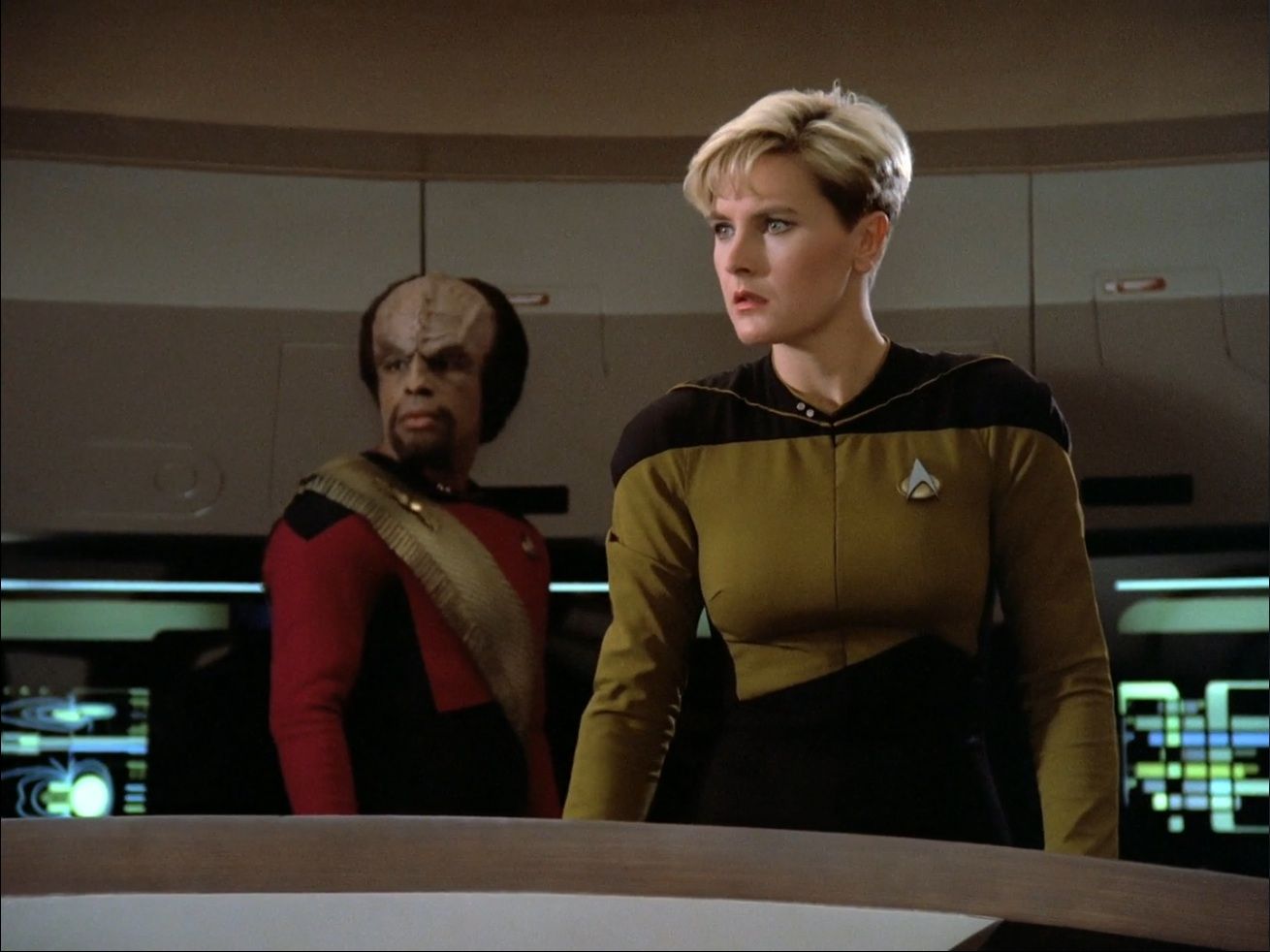
Natasha (known as Tasha) Yar was the Security Chief, a role that was later assumed by Worf. Actress Denise Crosby requested to be released from her contract as Yar because she was unhappy with how the character was developing. She has a point, though. If you go back and look at the first season, they really didn't give her much to do other than pushing buttons.
But the way she went was abrupt and senseless. A sinister blob-like entity lashed at her, ending her life instantly. Even over 20 years after the classic series, this left the bridge without a single woman in a command position. Crosby returned as Yar from an alternate reality in the episode “Yesterday's Enterprise,” as well as the half-Romulan, half-human child of Yar in “Redemption II” and “Unification II.”
15 Saved: Q (DS9)
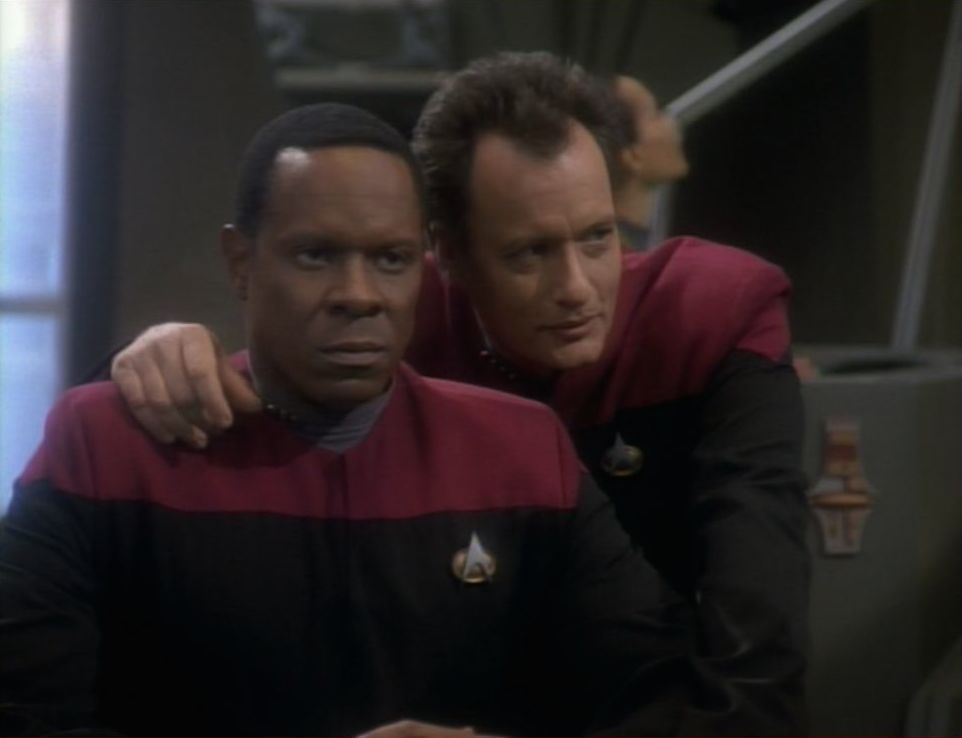
Bursting onto the scene in the pilot episode, Q demonstrates his god-like power from the very beginning and periodically pesters Picard and his crew throughout the series until the final episode.
Fans love Q, but he works best as a foil for Picard. Writers gave him an appearance in the first season of Deep Space Nine, but he never returned. An in-universe explanation might be that Sisko punched him and somewhat injured Q's ego. One might argue that Q just didn't find Sisko as fun to play with. From a writing perspective, there wasn't much reason to bring Q onboard Deep Space Nine without inviting comparisons to Star Trek: The Next Generation. For a show trying to find its own legs, it was best for Deep Space Nine to leave Q behind.
14 Hurt: Nurse Chapel (TOS)
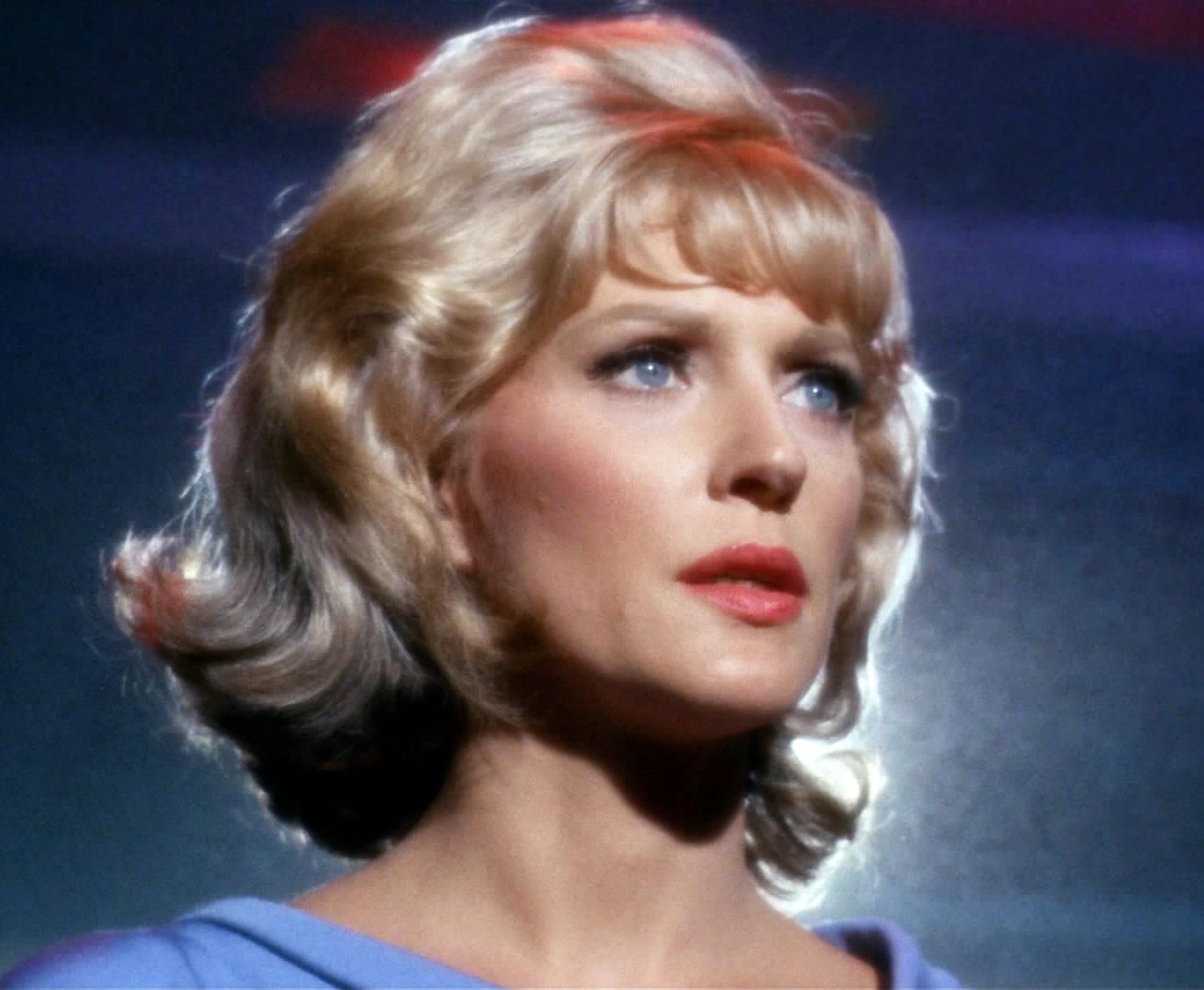
There seems to be little explanation for why a regular character from the original series just disappeared from the movies. Nurse Chapel served in sickbay throughout the original series, the animated series, and even made appearances in Star Trek: The Motion Picture and Star Trek IV: The Voyage Home, but those appearances were basically cameos.
Why the short-shrift on the movies? Some fans maintain that she was a problematic character because she was mainly written to have unrequited feelings for Spock, but the new writers could have easily fixed this in the movies. For a crew with only one other female character that has been there since the 1960s, it seems senseless to just throw her overboard. It feels like a wasted opportunity.
13 Saved: Dr. Katherine Pulaski (TNG)
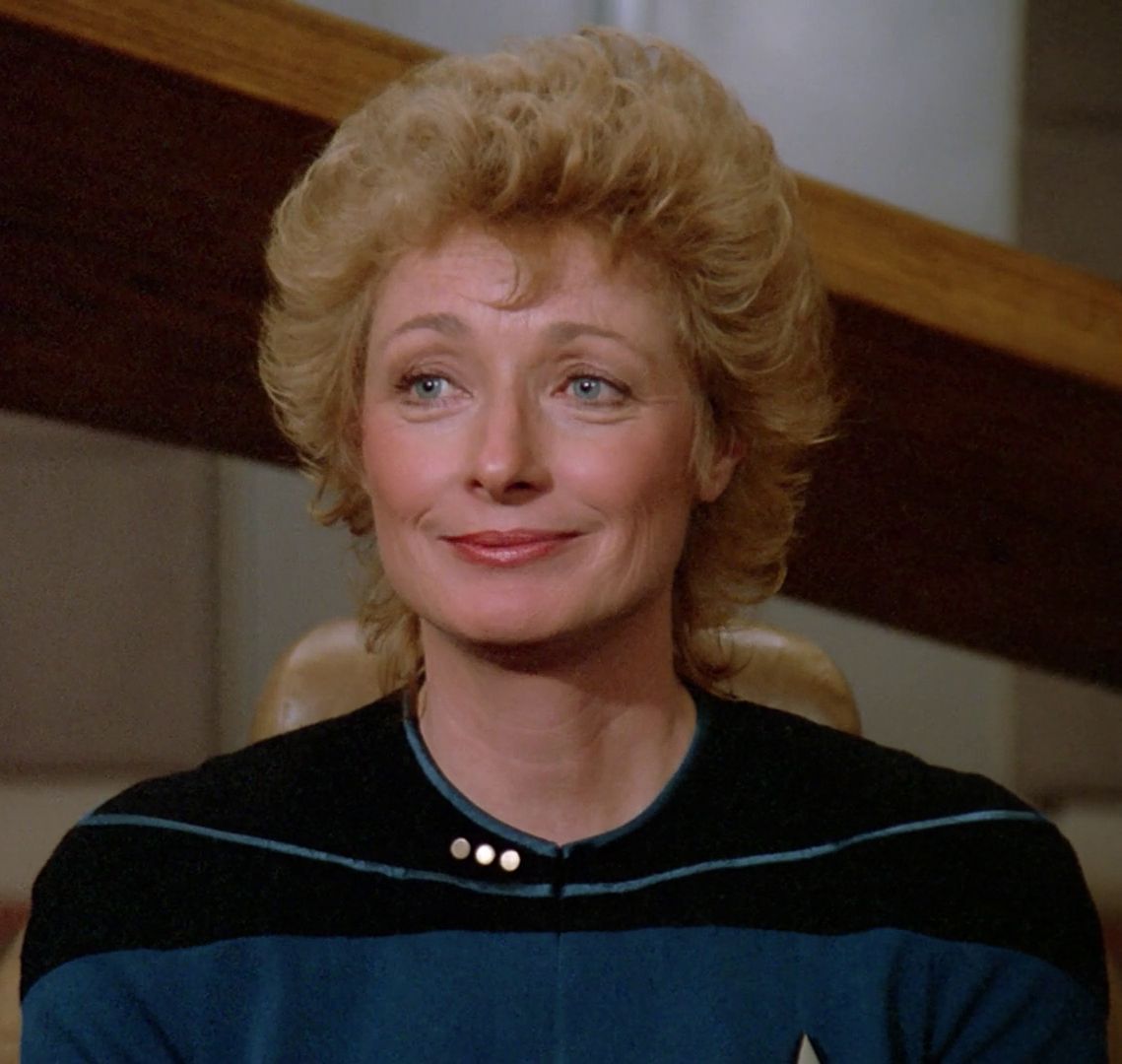
There's certainly nothing wrong with Diana Muldaur's portrayal of Dr. Pulaski on the Enterprise-D. She's a great actress and a veteran of the original series, playing several other characters.
It's more that the deck was stacked against her from the start. She was replacing the already popular character of Dr. Beverly Crusher, who vanished without much fanfare in season two. For some reason, the writers felt compelled to give her an unfortunate character trait: prejudice against androids. Arguably, this was meant to mirror the love/hate relationship that McCoy had with Spock in the original series, but Pulaski's mistrust of Data rubbed fans the wrong way. Ultimately, Dr. Crusher returned in the third season and Dr. Pulaski was written off the show.
12 Hurt: Jadzia Dax (DS9)
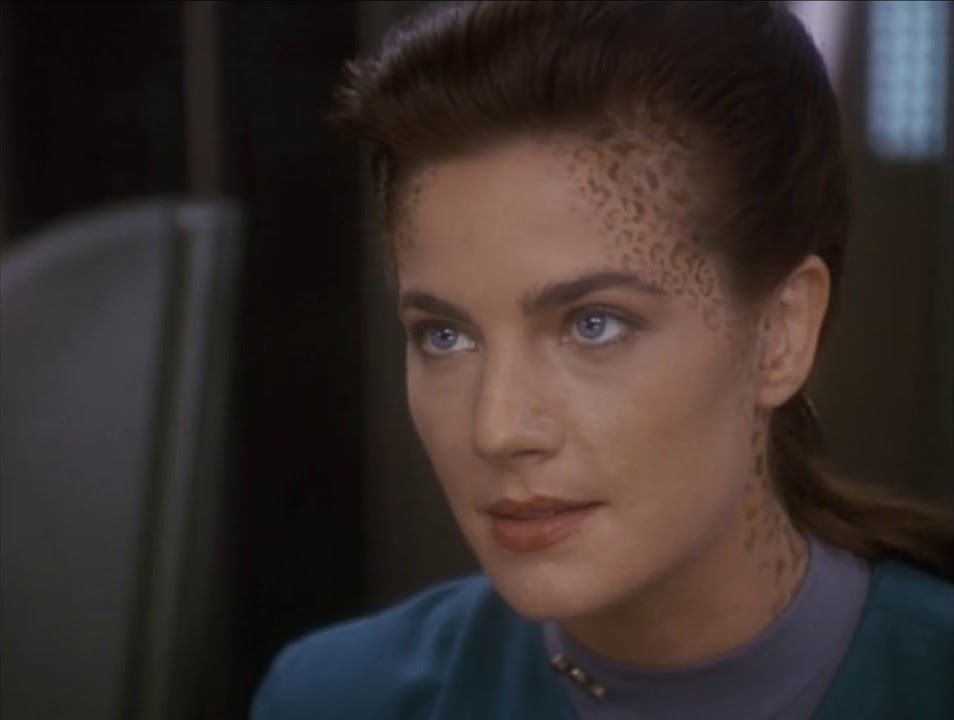
Gorgeous and brilliant, Jadzia Dax was wise beyond her years as the result of being a combined personality between her symbiont and host body. The symbiont had been through multiple host bodies, giving her a well-rounded perspective in dealing with others. It was also a novel opportunity for writers to explore a wider range of themes, such as when she encountered a former flame who knew her when she was in the host body of a man.
When Actress Terry Farrell wanted more time off, producers chose to end the life of the character at the end of the sixth season. In-story, her symbiont survived and was implanted into another Trill, who joined the crew as Ezri Dax, played by Nicole De Boer. Fans liked her, but like the crew, they missed the Jadzia Dax they came to love.
11 Saved: Wesley Crusher (TNG)

Actor Wil Wheaton has been a prolific writer online and has sung the praises of his overall experience on Star Trek: The Next Generation as Wesley Crusher. But even he pointed out that the writers did him no favors by creating many storylines in which Wesley saves the ship. Wheaton worried that this would turn fans against the character, as it might look bad for a precocious teenager to continually outsmart a highly trained and experienced crew.
Fan reactions were mixed to the character, though. Many younger fans found it highly relatable to have a teenager on the bridge, but some felt that having Wesley in such an important position was out of place and denigrated the meritocracy of Starfleet. Writers adapted their approach to Wesley over time, but eventually wrote him off the show. He returned for several guest appearances, however.
10 Hurt: Dr. Hugh Culber (Discovery)

In Star Trek: Discovery, Dr. Hugh Culber is the long-term romantic partner of Science Officer Paul Stamets onboard the Discovery. In the Trek universe, the pair represents the first same-gendered couple in a long-term relationship serving on the same ship. For a progressive universe like Star Trek, it seems strange that it took this long to feature a couple like this in ongoing stories.
Unfortunately, their relationship is short-lived. Dr. Culber perishes in the first season after an unfortunate incident with fellow officer Ash Tyler. The tragedy certainly serves a point, but it also feels like a wasted opportunity. We barely see glimpses of Stamets' and Culber's relationship, and it is over before we know it. What is the point of bringing on a distinctive character if they are going to be written off so soon? This was hugely disappointing.
9 Saved: Sybok (TOS Movies)

Even for the most loyal of Star Trek fans, the character of Sybok seemed to come out of left field. Sybok was revealed to be Spock's half-brother, a man with the peculiar ability to instantly alleviate long-held emotional pain in others. After all Kirk and Spock had been through, did writers expect us to believe that Spock would never mention his half-brother?
Sybok also has the dubious distinction in appearing in what is widely regarded as one of the worst Star Trek movies. The actor who played him was actually great, it's just that this weird story and even weirder family reunion didn't seem to sit well with fans. In short, Sybok sacrifices himself at the end of the film, and as far as we know, has never been mentioned again.
8 Hurt: Kes (Voyager)
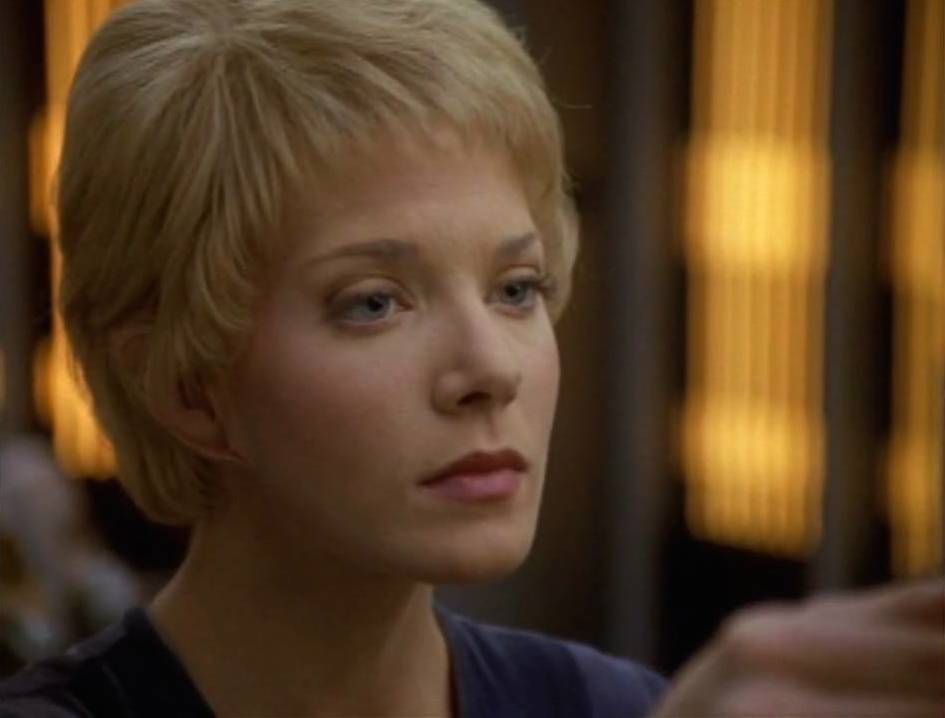
Kes was an unusual character, even by Star Trek: Voyager standards. She belongs to a race that has potent psionic powers, but with a lifespan that generally only lasts about nine years. In the early seasons, she served as the romantic partner for Neelix, the Voyager's chef.
The relationship between Kes and Neelix was a point of contention among fans. Many felt that the age difference was creepy, even though age meant something different relative to her alien race, while others felt more critical that she was mostly denigrated to just a romantic partner with not much significant character development. As the series went on, the writers gave her more to do, and her powers began to develop, but just as she was getting interesting, she was written off the show. It's a shame because this character had a lot of promise.
7 Saved: Lore (TNG)
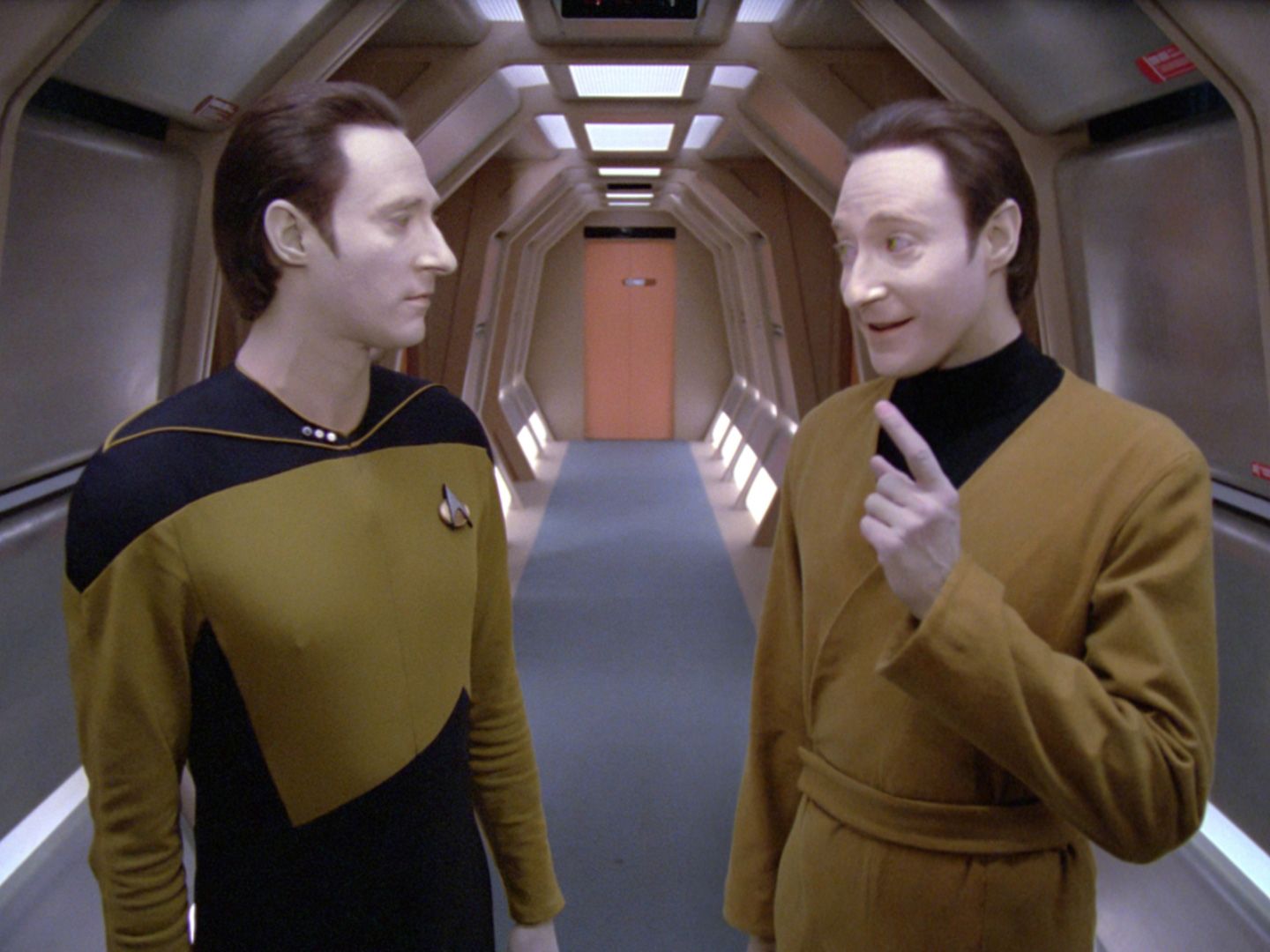
Though it sounds somewhat cheesy, Data having an identical sinister twin actually provided some great episodes. It also gave actor Brent Spiner a chance to exercise his acting chops because Lore could actually feel emotions and he wasn't inhibited by any ethical programming. This meant he could be funny, deceptive, and manipulative. Lore seemed to enjoy Data's company but double-crossed him on many occasions.
Sometimes, characters and stories are best served by having a definitive beginning, middle, and end, and Lore had served his narrative purpose in helping Data explore his potential. In the end, Data deactivated him and took the emotion chip that was intended to belong to Data in the first place. It was an appropriate end for an interesting storyline.
6 Hurt: Dr. Carol Marcus (Reboot Movie Series)

Star Trek: Into Darkness was a popular film, but many fans thought it was a misstep to re-introduce so many characters and elements from Star Trek II: The Wrath of Khan. One exception was Dr. Carol Marcus, who in the original timeline was the mother of Kirk's son, David. Bringing her back seemed like a great opportunity to revisit this character from a different perspective.
In the rebooted universe, Dr. Carol Marcus was played by Alice Eve. Headstrong and brilliant, it looked like she was being set up to be the new love interest for Kirk in the Kelvinverse, but after the events of Star Trek: Into Darkness, she disappeared from the movies altogether. In what has become an unfortunate pattern, yet another strong female character was just written off.
5 Saved: Chief O'Brien (TNG)

Chief O'Brien started out as just another background character, but over time, he became more popular. On the Enterprise-D, he mostly served as Transporter Chief, but was occasionally tasked with other duties. He eventually left the ship and was promoted to Chief of Operations on Deep Space Nine.
It's not that Star Trek: The Next Generation was better off without O'Brien, it's just that his character was far more developed on Deep Space Nine. On the Enterprise-D, he was just a supporting character, but on Deep Space Nine, he was a key part of the show and irreplaceable to the station. As Deep Space Nine continued, it was hard to picture a time where he was just relegated to working in the transporter room.
4 Hurt: Chekov (Reboot Movies)
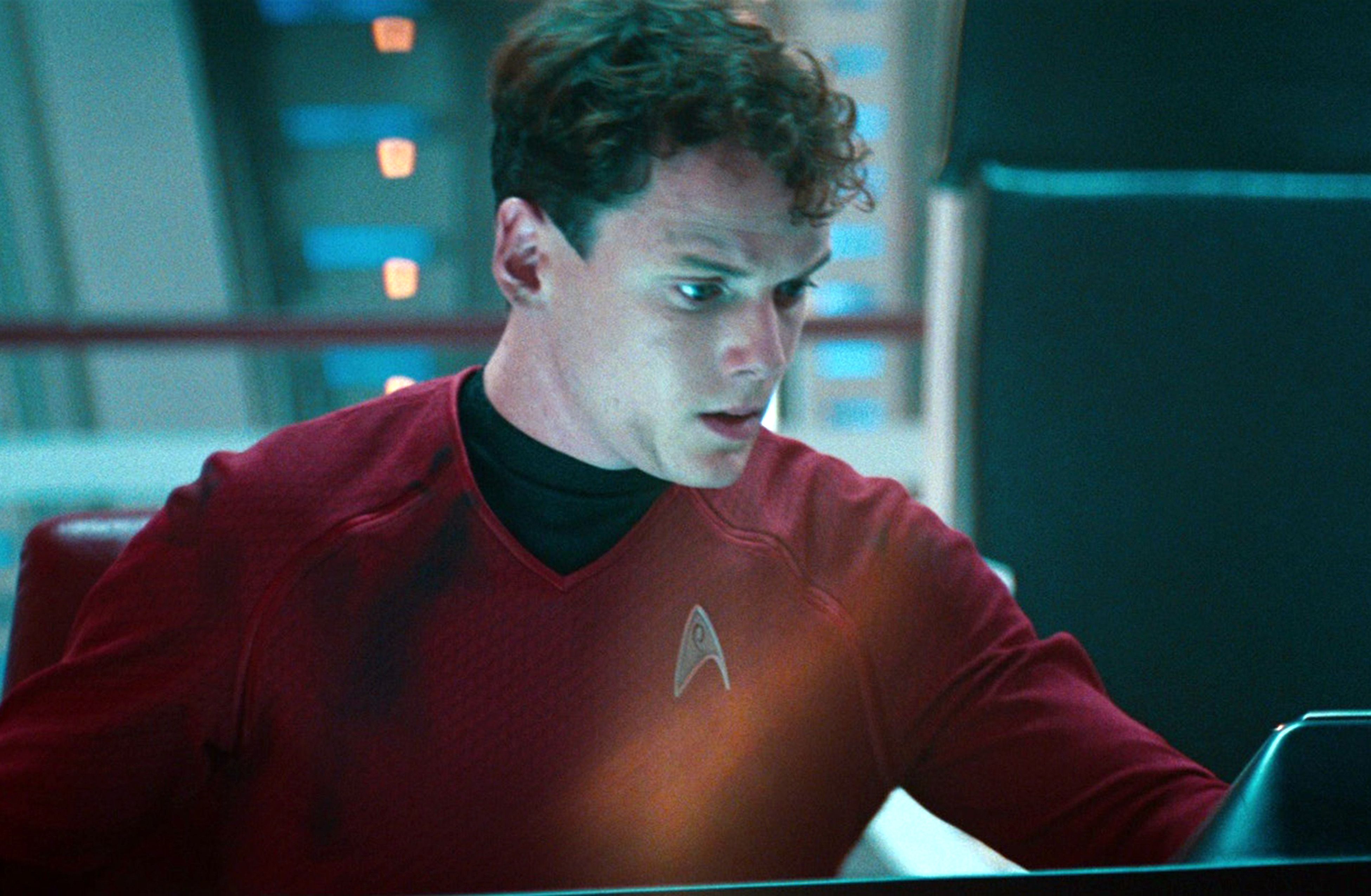
Chekov as a character has been somewhat maligned through the years. In Star Trek: The Animated Series, Walter Koenig wasn't even cast because the producers were trying to save money on voice talent. In the original series, he didn't appear until the second season.
For the hit reboot films, Chekov was played by Anton Yelchin, who seemed born to play the role. Unfortunately, Yelchin experienced a vehicular accident and he did not survive. J.J. Abrams, director of the rebooted Trek films, has gone on record saying he would not recast the role moving forward from Star Trek: Beyond. This was a tragic exit that was definitely not planned, and the Star Trek universe is poorer because of it.
3 Saved: Edith Keeler (TOS)
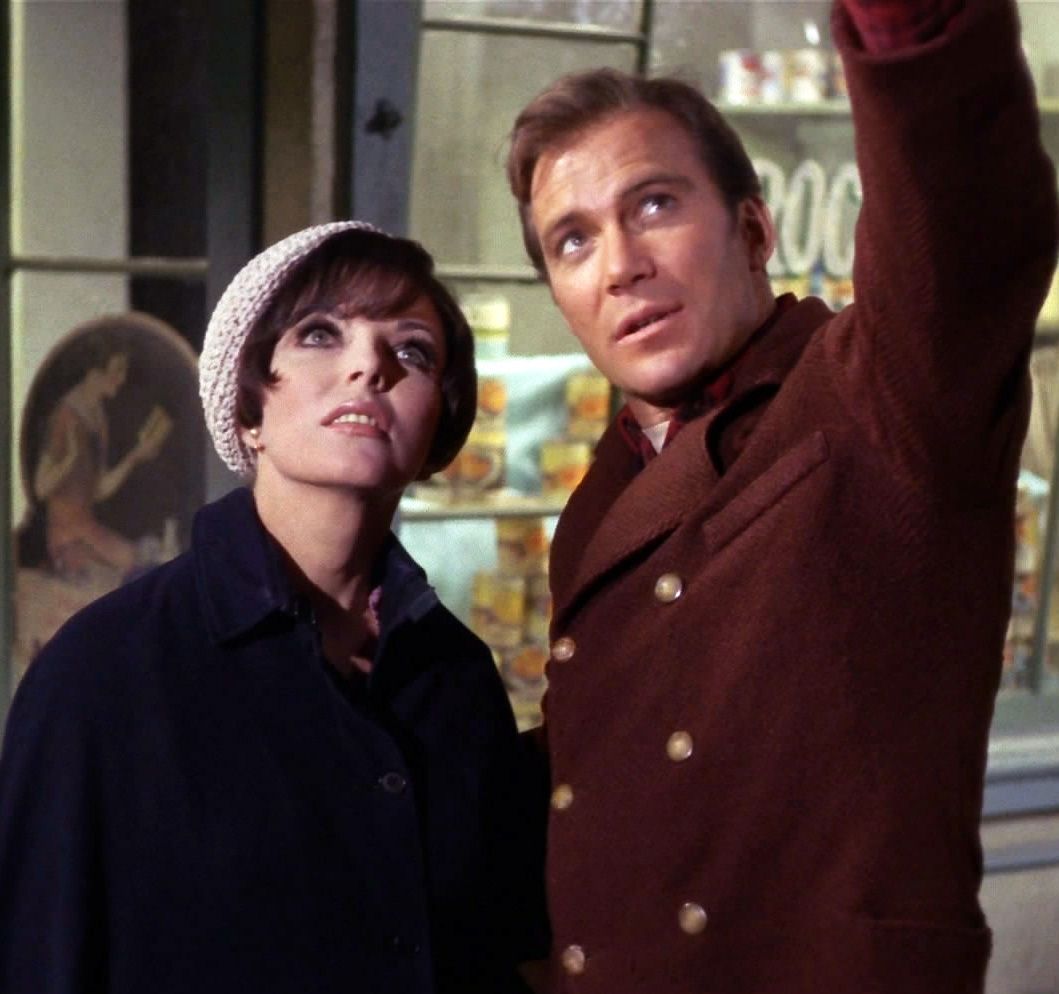
“The City on the Edge of Forever” was one of the most awarded and popular episodes of classic Star Trek. It featured a time-travel storyline where Kirk, Spock, and McCoy travel to Depression-era New York. While there, Kirk meets Edith Keeler (played by Joan Collins), a social worker and pacifist whom he finds himself falling for her.
Unfortunately for Kirk, Spock uncovers some bad news about the timeline. Keeler is soon supposed to lose her life in a truck accident and if she doesn't, her influence will spread and cause the U.S. to delay their entrance into WWII. This delay will cause the allies to lose the war, negatively changing the course of history. Ultimately, Kirk makes the painful decision to do nothing when her number is up, thus saving the world.
2 Hurt: Captain Pike (Reboot Movie Series)
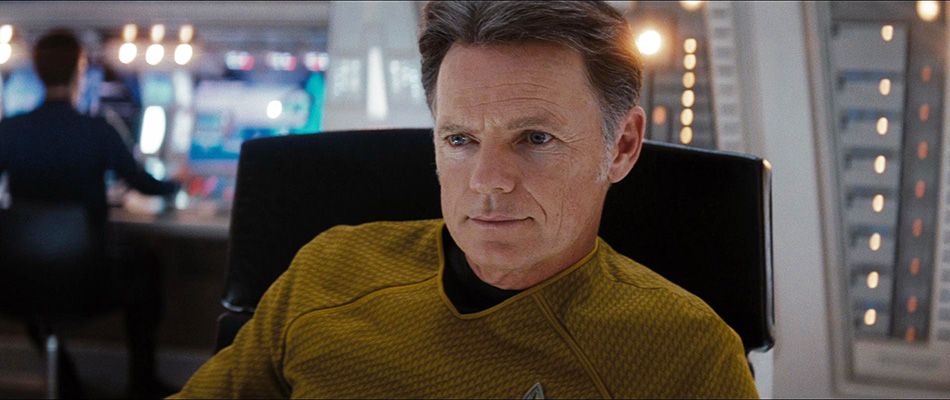
The rebooted movies had an opportunity to set a brand new course since technically, they are an alternate timeline. In the new timeline, Captain Pike never suffered through the events of “The Cage” and has retained the use of his body. In the original timeline, Pike had become a quadriplegic unable to use his vocal cords. In the rebooted Star Trek, Pike served as Kirk's mentor and encouraged him to join Starfleet and eventually captain a ship. Pike survives until the events of Star Trek: Into Darkness, where he is eliminated by Khan.
It's really too bad because Bruce Greenwood played the role beautifully and it was fun seeing Kirk interact with an older mentor. He was a strong character, but it looks like even in the alternate timeline, things don't pan out well for Pike.
1 Saved: Captain James T. Kirk (TOS)
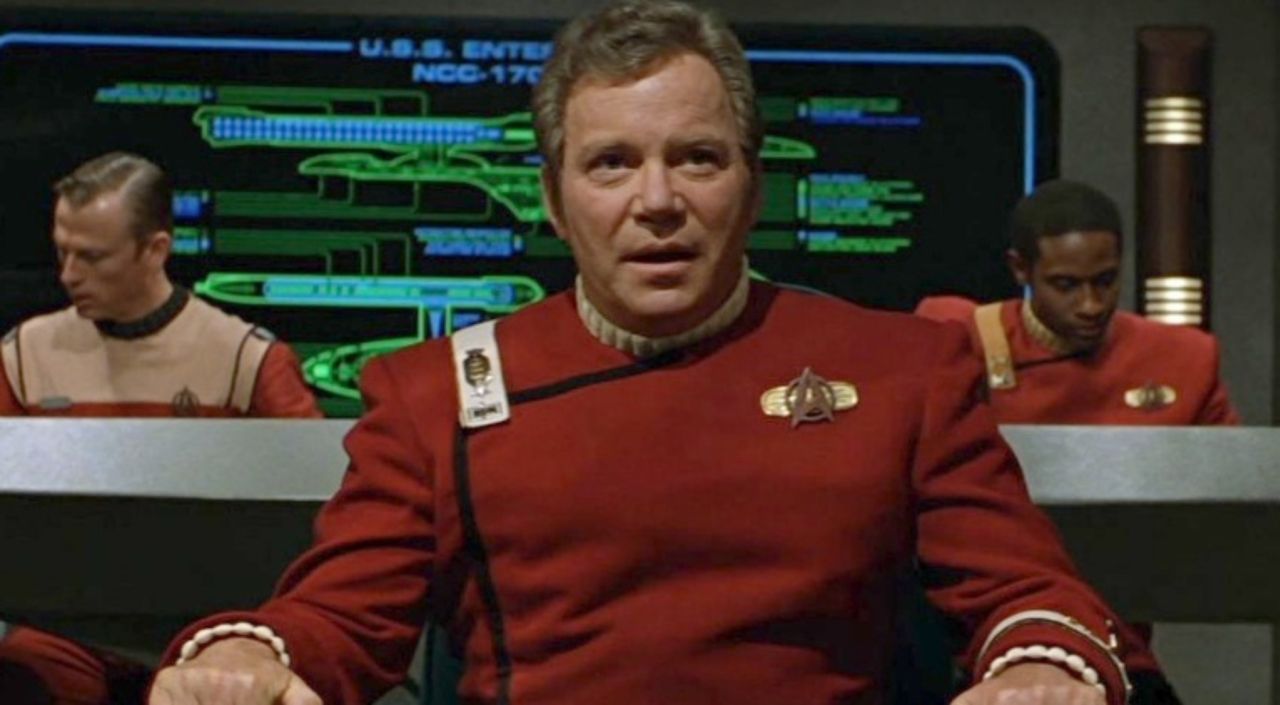
What can be said about William Shatner as Captain James Tiberius Kirk? He is the beating heart of the original Star Trek and arguably the reason the whole franchise is still chugging along. But all good things must eventually come to an end.
Nearly thirty years, three seasons of the original series, two seasons of the animated series, and seven films, eventually it was time to call it quits. Kirk met a dignified end in Star Trek: Generations, fighting alongside Captain Picard to help save the galaxy from a madman manipulating the Nexus. Eventually, Shatner had to go to make room for the new Trek to come. Between Star Trek: Discovery, the rebooted Star Trek films, and the upcoming Patrick Stewart Star Trek project... Shatner's legacy is definitely secured.
--
Which character exit do you think hurt or saved Star Trek? Let us know by sounding off in the comments below!
from ScreenRant - Feed https://ift.tt/2OV7cLg





No comments: